Have you dreamed of escaping to the Far North? Do you wonder what it would be like to live in Alaska, surrounded by nature and the endless beauty of the Last Frontier?
A fair share of The Alaska Frontier Group followers state they are interested in moving to Alaska, but before you pack your bags and hit the road, let’s talk about what moving to Alaska might mean for you.
The call of the Last Frontier is powerful. Many new residents never leave the tenderfoot stage of being Alaskan before they are packing up to return home.
Standard Advice About Moving To Alaska
My standard advice to anyone thinking of moving to Alaska is:
- Pack only the essentials for your first year.
- Store sentimental items you want to have five years from now.
- Sell everything else.
- Read #1-3 again; I cannot stress them enough.
Beware. It is expensive to move to Alaska and costly to leave.
Do not move to Alaska before you have secured a job and housing. Alaska isn’t a place you want to land jobless or homeless. Be prepared for the extreme weather and high cost of living.
The housing market is tight, and residents around the state complain about how difficult it is to find a decent place to live.
Decisions, Decisions – You Have a Lot of Decisions to Make
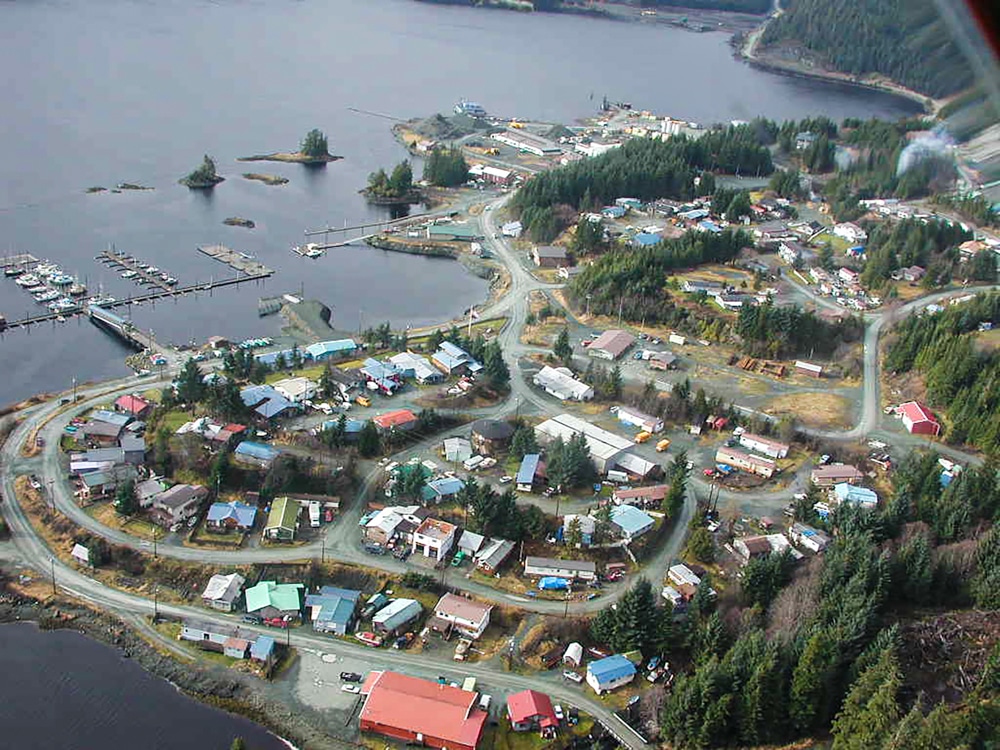
Should You Move To Alaska?
Before you pack your bags, I suggest you conduct a thorough research and know what you are getting into before you move. With 40,000-50,000 people arriving and leaving this great state each year, scrimping and making do is advisable during your first year.
I began my first years in Alaska in a remote Aleut village. It wasn’t long before I found myself standing alone on a frozen beach.
“As I turn my back to the sea, the wind presses my red coat against my body. Rain peppers my backside, drenching my remaining dry spots as I work my way back down the beach and climb the hill to my waiting family. They are all I have out here. We spend every waking hour together, and yet my loneliness reaches to the depths of my soul at times.” (Excerpt from The Call of the Last Frontier – all quotes in the article are from my book).
After living in Alaska for two decades, I wrote, “It wasn’t supposed to be so hard to leave. Twenty years of dreaming of retirement didn’t include wanting to stay!”
Ultimately, I wouldn’t trade my Alaska years for anything, but that’s me. I adapted. I endured. I lived my life to the fullest, and sometimes, that meant wearing a headlamp in the dark while hiking through the bitter wind and snow or pouring rain.
I went without more times than I could ever count. And loneliness and cabin fever became a regular part of my life.
You may choose to move to an urban area; in that case, you won’t experience the extremes I did. However, you will still leave behind people and your life.
Returning for a birthday or a funeral isn’t always in the cards or budget most of the time. Are you prepared for that?
Where Should You Move To?
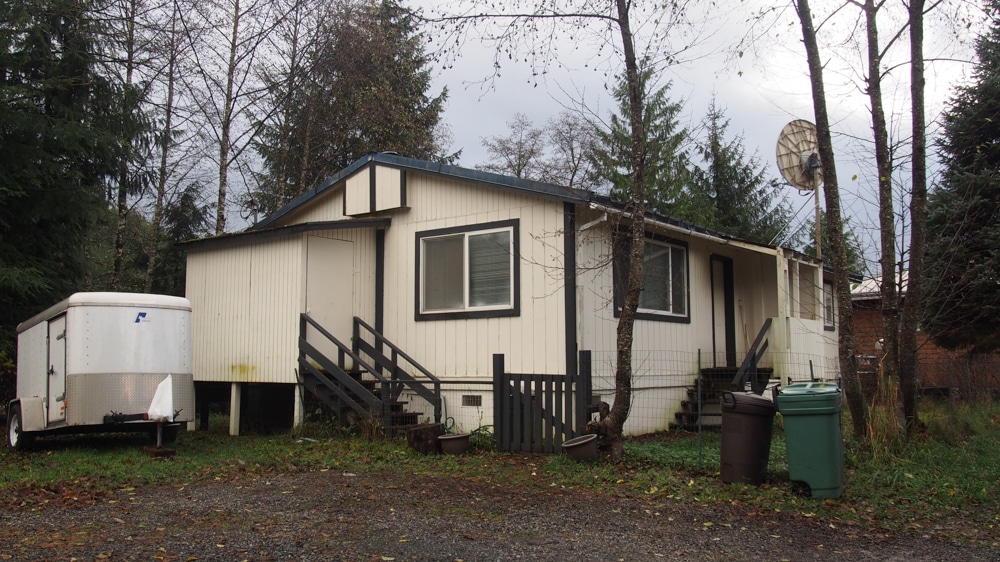
You have started packing boxes and are ready for an adventure. All right, now the decisions begin. Think hard about this. Be honest.
Are you afraid of the dark? If so, don’t move to remote Alaska; there are seldom any street lights. You may want to move to a larger town if you cannot entertain yourself without fast internet, good friends, or events put on by other people.
Do you like the odor of smelly fish? No? Avoid living in a community near a fish cannery or salmon run.
I wrote about smelling a cannery from my hotel room in King Cove, “A putrid smell filled the room as a cool breeze blew past the fish cannery. The temperature dropped, but the smell, oh, the smell! It was intolerable.”
Do you get depressed in the winter but still want to move to the Far North?
Then move to the southern part of the state to enjoy a bit of sunlight all year long. Notice I didn’t say sunshine; the Aleutians and southeast Alaska are often hidden beneath thick clouds.
Wherever you decide to move, chat with someone living there to determine what to expect. And remember to ask about the cost of living to be sure your income matches the bills.
Timing Your Move To Alaska
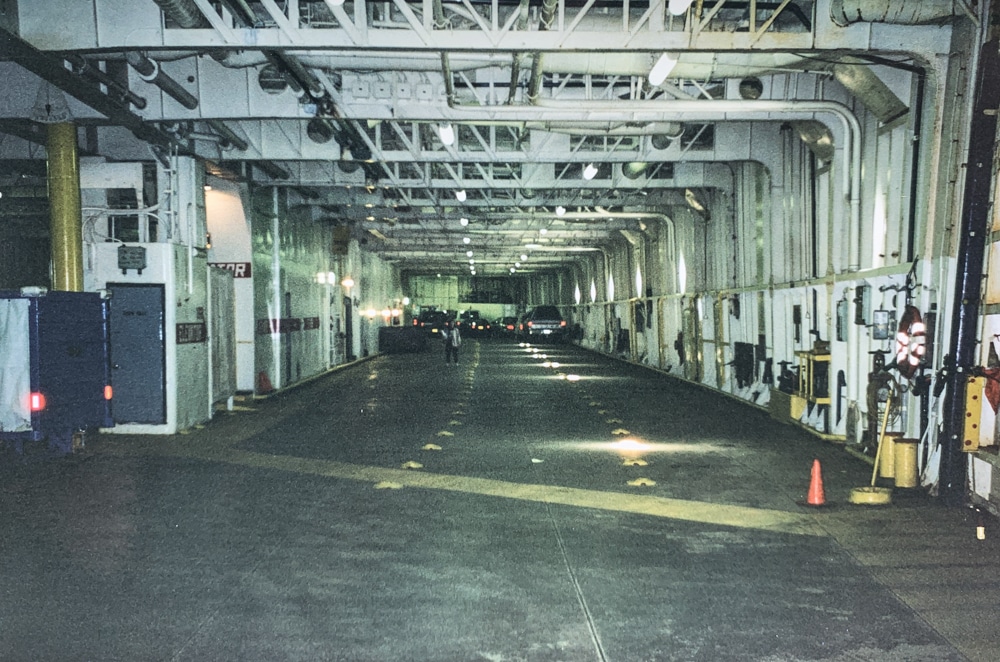
Summertime is tourist time and the most expensive season of the year. Spring or fall will save on travel costs, while winter is tricky but doable.
Packing Up
Skip the kitchen sink, and load up your vehicle or suitcases. Even in most remote areas, local stores carry essential items. Once you arrive, Amazon Prime can fill in the gaps for today’s adventure seekers.
Sourdough “Old Man Russell once told me, ‘When you move to Alaska, you give up everything.’ Transplants to the state understand precisely what he meant.”
Though you may leave many worldly possessions behind, I noted the important items you should pack in my book if you move to remote Alaska.
“Rain gear, parkas, long johns, Xtratuf boots, waterproof shoes, chain saws, powerful handguns, 10-ply tires, fleece clothing, and plenty of grit should you be on your shopping list if you land a job in Alaska’s bush.”
Making The Move To Alaska
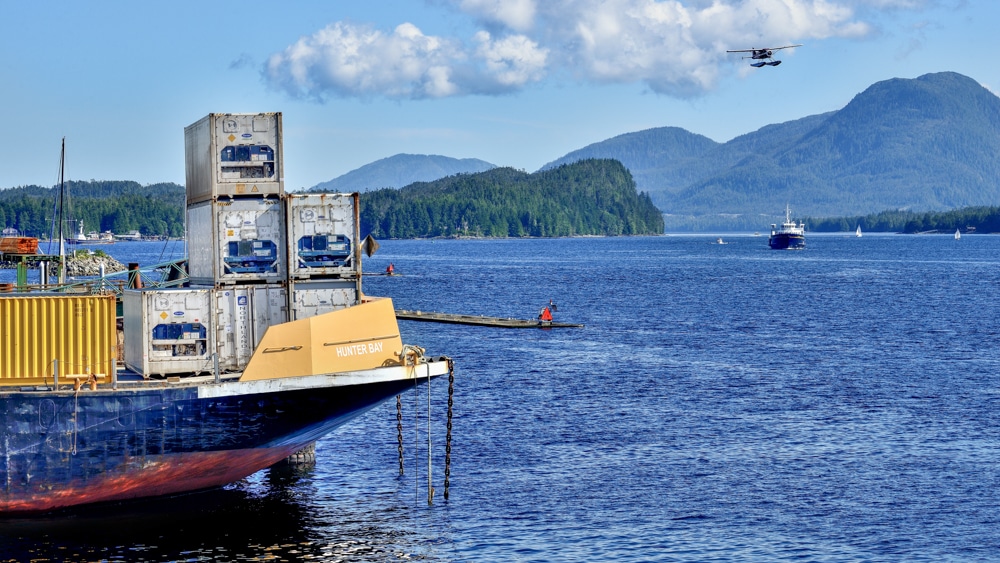
Planes, Trains and Automobiles, which one to take? Wait, that’s a John Candy movie. I meant BOATS, Planes and Automobiles.
By Boat
The Alaska Marine Highway covers 3,500 miles of Alaska’s coastline stopping in thirty communities. The ferry has specific pet and cargo requirements; be sure to check their policies.
By Plane
Several major airlines provide service to the cities in the Last Frontier. In addition, Alaska Airlines connects major hubs to far-out places, including Kodiak, Kotzebue, and the North Slope.
If you are going remote or to the bush, you may climb aboard a bush plane—a floatplane if you are on the coast or a wheel plane if you will be landing on an airstrip. Either way, you are in for a scenery treat unless the weather is ugly, and then you may be delayed for a few hours or days or might be riding a bucking horse in the sky. Oh, I mean a bush plane in the sky. Hang on to your hat!
In 1995, I found myself traveling on a bush flight and this is what I had to say about it: “The willy-nilly wind made the landing even more difficult, forcing the plane up, down, and sideways with significant force. I couldn’t scream or cry in fear with the students. I wanted to, but I didn’t. Instead, I held onto my hat.”
By Automobile
Driving requires more paperwork. You may be asked to produce travel documents at the Canadian border, such as a passport, proof of insurance, and current registration. And don’t bring firearms unless you know and follow the complex policies. Pets must have a vet health certificate within the last ten days and be current on their rabies vaccination.
Be prepared for expensive gas. Pack plenty of food, water, basic supplies, and a few fix-a-flats. The trip is over two thousand miles from the closest point in the Lower 48 to Anchorage.
Here’s the funny part, during our twenty-year Alaska adventure, we arrived by Boat, Plane, and Automobile. When we arrived by automobile in southeast Alaska, we had to take a boat too. There are no major roads in southeast Alaska except on Prince of Wales Island, and it still takes a boat to get there.
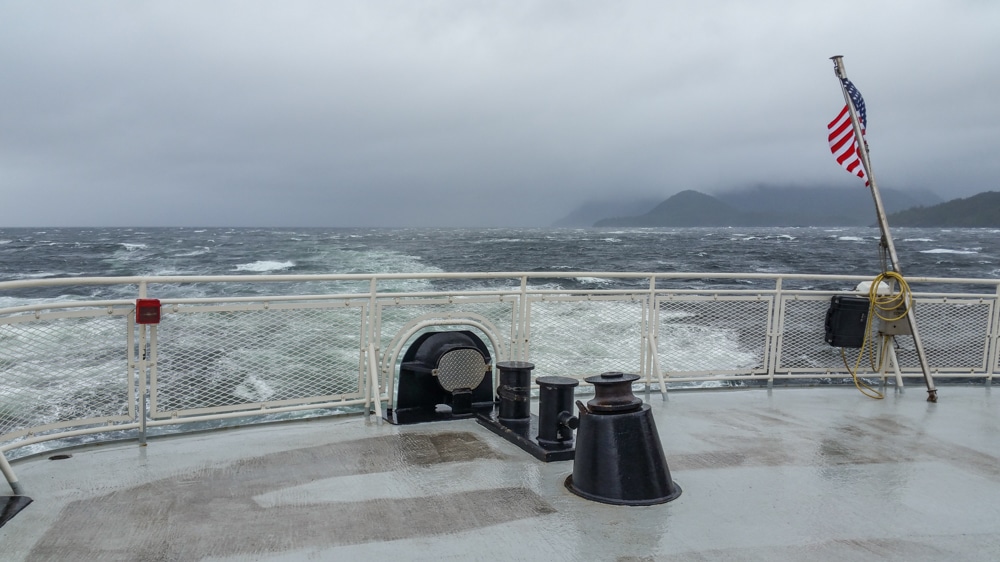
The Alaska Way
Now that you have arrived, you are officially a tenderfoot.
It is time to learn The Alaska Way, and I’m not referring to the street in Seattle called The Alaska Way. The Alaska Way means that everyone matters in the Far North. “We were all in it together. It didn’t matter where you came from or who you were; when you needed a neighbor, they were often there for you.”
That is The Alaskan Way where I lived. I don’t know about the bigger cities, though.
Alaska Time
Be prepared to learn patience. Alaska Time does not just mean what time it is in Alaska; it is a way of life. The pace of life in Alaska is much slower, so you must have patience. The mail takes longer, and supplies do not always arrive on time—sometimes, if at all.
The journey from tenderfoot to sourdough is a long one filled with lessons on surviving life’s challenges in the Far North.
Learning To Do Without
“Living in remote Alaska requires planning, improvising, enduring prolonged wait times, and learning to do without, even if you need something. There are no exceptions, not even for medical necessities. Nothing out there is quick or easy. It can be a hard life. One fought with grit and determination,” though having a positive attitude makes a huge difference.
From a Tenderfoot to a Sourdough
In the early years, when a tenderfoot arrived in Alaska, they often had a pouch of sourdough starter tucked inside their shirt to keep it warm. Upon our arrival, someone passed us a jar of sourdough starter to set us on our path to becoming sourdoughs like him.
Years later, we were sourdoughs just in time to head home like most transplants in the state eventually do.
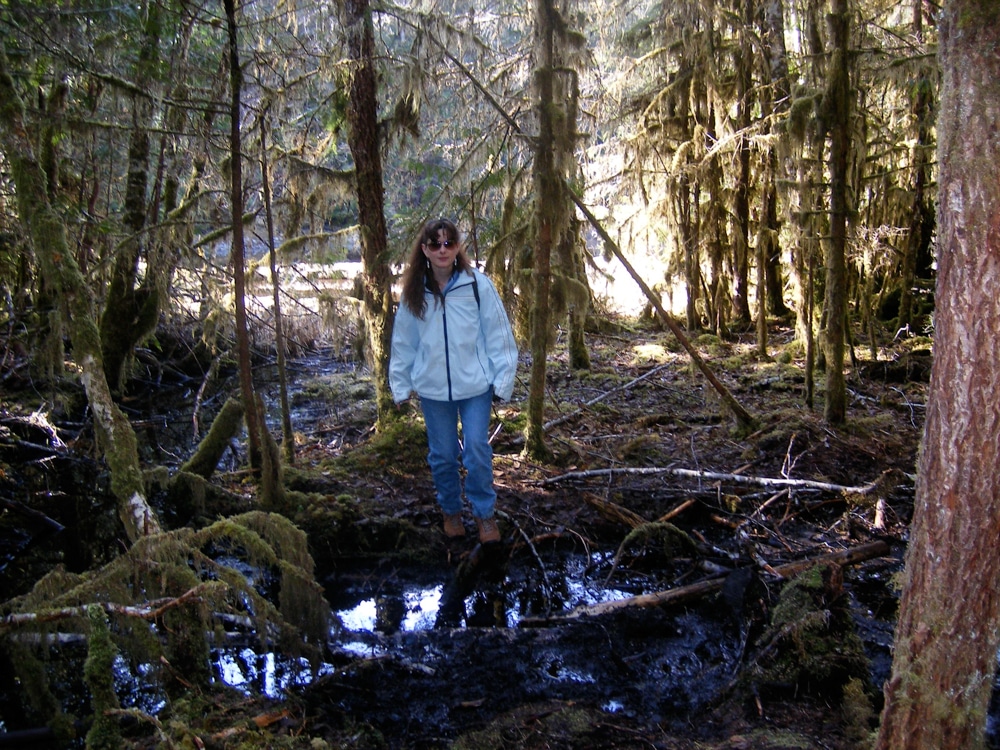
Alaska calls people, me included. It called me in 1995 when I arrived in Nelson Lagoon on the edge of the Bering Sea. It called me back in 1998 after I left Alaska for Ohio a year earlier. It calls me still as I stand in my Wyoming yard at night, staring at the stars I seldom saw while living in southeast Alaska’s rainforest until 2016. I long to answer the call again but instead reminisce about my adventurous days in the Last Frontier.
To learn more about my remote Alaskan life and to support The Alaska Frontier Group on Facebook, check out my memoir, The Call of the Last Frontier, available on The Alaska Frontier Store. The quotes in this article are excerpts from my book.
Resources For Those Who Still Want To Move To Alaska
- State of Alaska – Relocate to Alaska – begin your research here – https://labor.alaska.gov/relocate.html
- 15 Reasons to Consider Moving to Alaska – more research can be done on this page – https://www.moving.com/tips/reasons-to-move-to-alaska/
Alaska Bush Life blog by Author Melissa Cook – additional stories about my life in remote Alaska
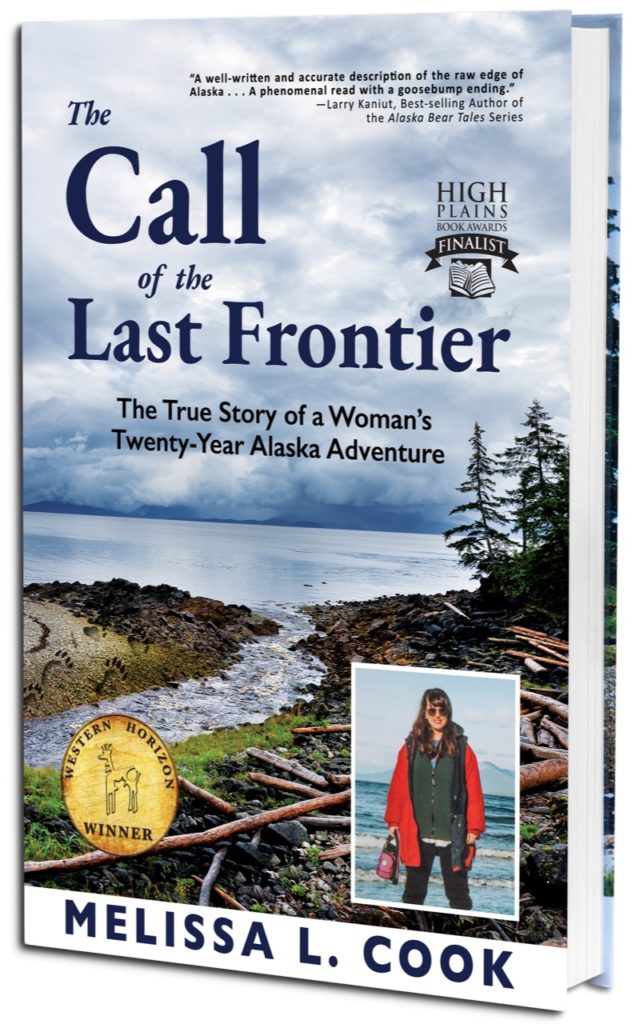
Pin It For Later!
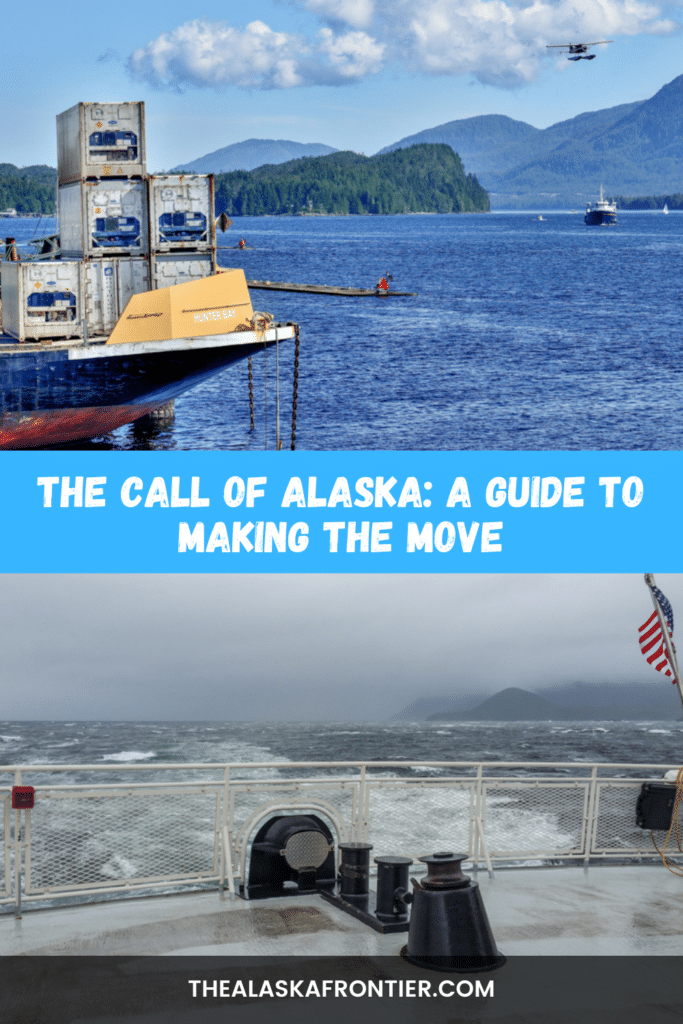
Melissa L. Cook, an educator, award-winning author, and YouTuber, lived an extraordinary life in remote Alaska from 1995-2016. Her bestselling memoir “The Call of the Last Frontier” details her transformation from a tenderfoot living on the edge of the Bering Sea in a tiny Aleut village to her final days as a sourdough wearing a raincoat in southeast Alaska’s Tongass National Forest over two decades later. In retirement, Melissa reflects on her unique life in the blog Alaska Bush Life. Discovering adventure in her new backyard, Melissa decided to share the scenery and humor when she co-founded the Wyoming Jeepers YouTube show in 2020. Take a step back in time and join Melissa on her adventures by picking up your copy of “The Call of the Last Frontier” from The Alaska Frontier store.
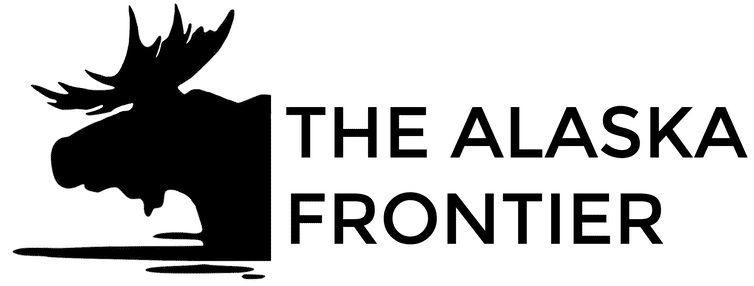
Thank you for sharing my story with your readers. I love to write about Alaska!
You’ve increased my homesickness for my adopted state! I lived in Alaska from 1984-2016 and I still miss the people and the way of life there. Your tips are excellent, especially the ones about packing to move to Alaska…may I add that packing to leave Alaska can take as much planning. Give the winter tires to a friend but keep the extra packages of smoked salmon!
My family has lived in Anchorage since 1980. We’ve gone thru all of the things listed above. I came to Alaska backpacking in 1975 and 1978. I knew we’d like it in the summer time. My wife and I flew up in February for two weeks and drove around the state to see if we could manage in the winter. We came from Minnesota so winter wasn’t an unknown. I bought a Rider rental truck to get all of our treasures up here. Some of the boxes are still in the basement unpacked. Get rid of everything you don’t NEED. You are in a large sense living on the back side of the moon. You miss the weddings and funerals and much contact with family and old friends. Modern communications have improved that considerably…. BUT. I’m almost 80 years old and the winters have become much more difficult. We are talking about maybe moving someplace with a little less winter. Good luck…
I was born and raised in Alaska, and I miss it all the time. The last time I lived up there was from 1990-1994 in Sitka, my hometown. The last time I visited the Kenai Peninsula, I didn’t want to leave, but I didn’t have any income while I was there. So, I returned to Kentucky where I was living at the time. Now that I retired, I plan on returning to my home state and build an off-grid home.